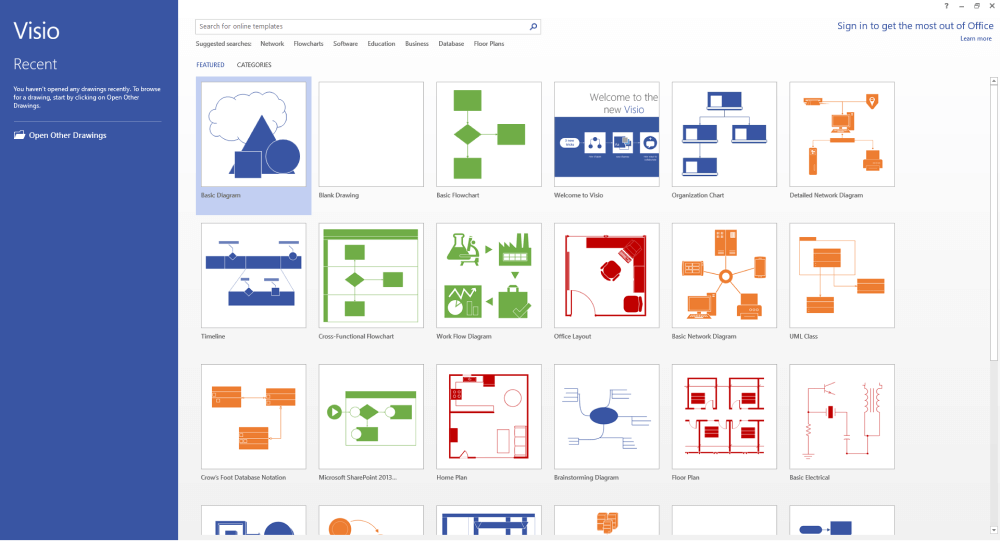How do you convert a Microsoft Visio file to a different version?

Microsoft Visio is a powerful diagramming tool that allows users to create complex and detailed diagrams, flowcharts, and other visual representations of data. While Visio is an incredibly useful tool, sometimes users may need to convert their Visio files to a different version to ensure compatibility with different software or operating systems. In this blog post, we will discuss how to convert a Microsoft Visio file to a different version.
Understanding the Different Versions of Microsoft Visio
Before we dive into the conversion process, it’s essential to understand the different versions of Visio. Microsoft Visio has been around for many years and has undergone several updates and changes over time. The latest version of Visio is Visio 2019, which was released in 2018. Visio 2019 is compatible with Windows 10 and is available in both Standard and Professional editions.
Previous versions of Visio include Visio 2019, Visio 2013, Visio 2010, and Visio 2007. Each version of Visio has its own file format, and files created in one version of Visio may not be compatible with other versions of Visio or other software.
Understanding the Different File Formats in Microsoft Visio
Visio uses two primary file formats: VSD and VDX. VSD is the older file format used by Visio 2007 and earlier versions. VDX is the newer file format used by Visio 2010 and later versions. It’s essential to know which file format your Visio file is saved in as it will impact the conversion process.
Converting a Visio File to a Different Microsoft Visio
There are several methods you can use to convert a Visio file to a different version. The method you choose will depend on the version of Visio you are converting from and the version you are converting to.
Method 1: Save As
The easiest way to convert a Visio file to a different version is to use the “Save As” feature. Here’s how to do it:
- Open the Visio file you want to convert.
- Click on the “File” menu and select “Save As.”
- In the “Save As” dialog box, choose the version of Visio you want to convert to from the “Save as type” drop-down menu.
- Give your file a new name and click “Save.”
- Your Visio file will now be saved in the new version.
Method 2: Convert Using a Converter Tool
If you have an older version of Visio, you may need to use a converter tool to convert your Visio file to a newer version. Microsoft provides a free Visio file converter tool that allows you to convert VSD files to VDX files. Here’s how to use it:
- Download and install the Visio Compatibility Pack from the Microsoft website.
- Open the Visio file you want to convert.
- Click on the “File” menu and select “Save As.”
- In the “Save As” dialog box, choose “Visio 2010 Drawing” or a later version from the “Save as type” drop-down menu.
- Give your file a new name and click “Save.”
- Your Visio file will now be saved in the new version.
Method 3: Convert Using a Third-Party Converter Tool
If you need to convert a Visio file to a different file format that isn’t supported by Microsoft Visio, you may need to use a third-party converter tool. There are many converter tools available online, but it’s important to do your research and choose a reputable one.
Some popular converter tools for Microsoft Visio include:
- SmartDraw
- Lucidchart
- Gliffy
Yes, those are some popular alternatives to Microsoft Visio for creating diagrams, flowcharts, and other visual representations. Here’s a brief overview of each tool:
SmartDraw: This is a powerful diagramming and charting tool that allows users to create a wide range of diagrams and charts, including flowcharts, organizational charts, mind maps, and more. SmartDraw offers a large collection of templates and symbols to help users get started quickly, and it also has integration with popular apps like Microsoft Office and Google Workspace.
Lucidchart: This is a web-based diagramming tool that is designed for collaborative work. It allows users to create a variety of diagrams, including flowcharts, UML diagrams, network diagrams, and more. Lucidchart offers a simple and intuitive interface that makes it easy for users to create professional-looking diagrams, and it also has integration with popular apps like Microsoft Teams, Slack, and Google Drive.
Gliffy: This is a cloud-based diagramming tool that allows users to create a wide range of diagrams, including flowcharts, network diagrams, and more. Gliffy offers a drag-and-drop interface that makes it easy to create diagrams quickly, and it also offers collaboration features that allow users to work on diagrams together in real time.
All of these tools offer a range of features and integrations that make them popular alternatives to Visio. Users can choose the tool that best fits their needs and preferences










